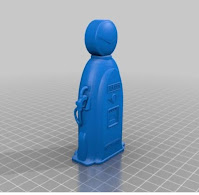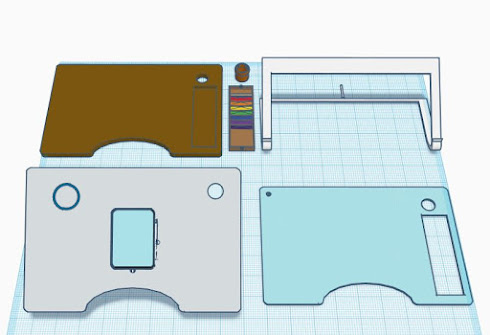Remix Reframe V2

The peer critique was helpful to select which concept to move forwards with. It was hard to decide which remix could be expanded upon in an attainable but challenging manner. Ultimately, we agreed that Apex Predator had the most visual impact balanced as well as being timely to current concerns about the economy and environment. It was also helpful to hear suggestions on pushing the gas pump portion of my object. We talked about colours, scale and textures that could differentiate the metallic nature of the object from it's organic history. With that in mind, I took the below objects and began work. The leg to torso transition was tricky, but I eventually solved it with segmentation. And the result - a much expanded concept, which stronger definition of the constituent objects and additional tableau elements. Although this creation is made from objects sourced on Thingiverse, it's much more than the sum of it's parts. It couldn't have be...


